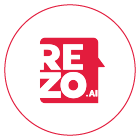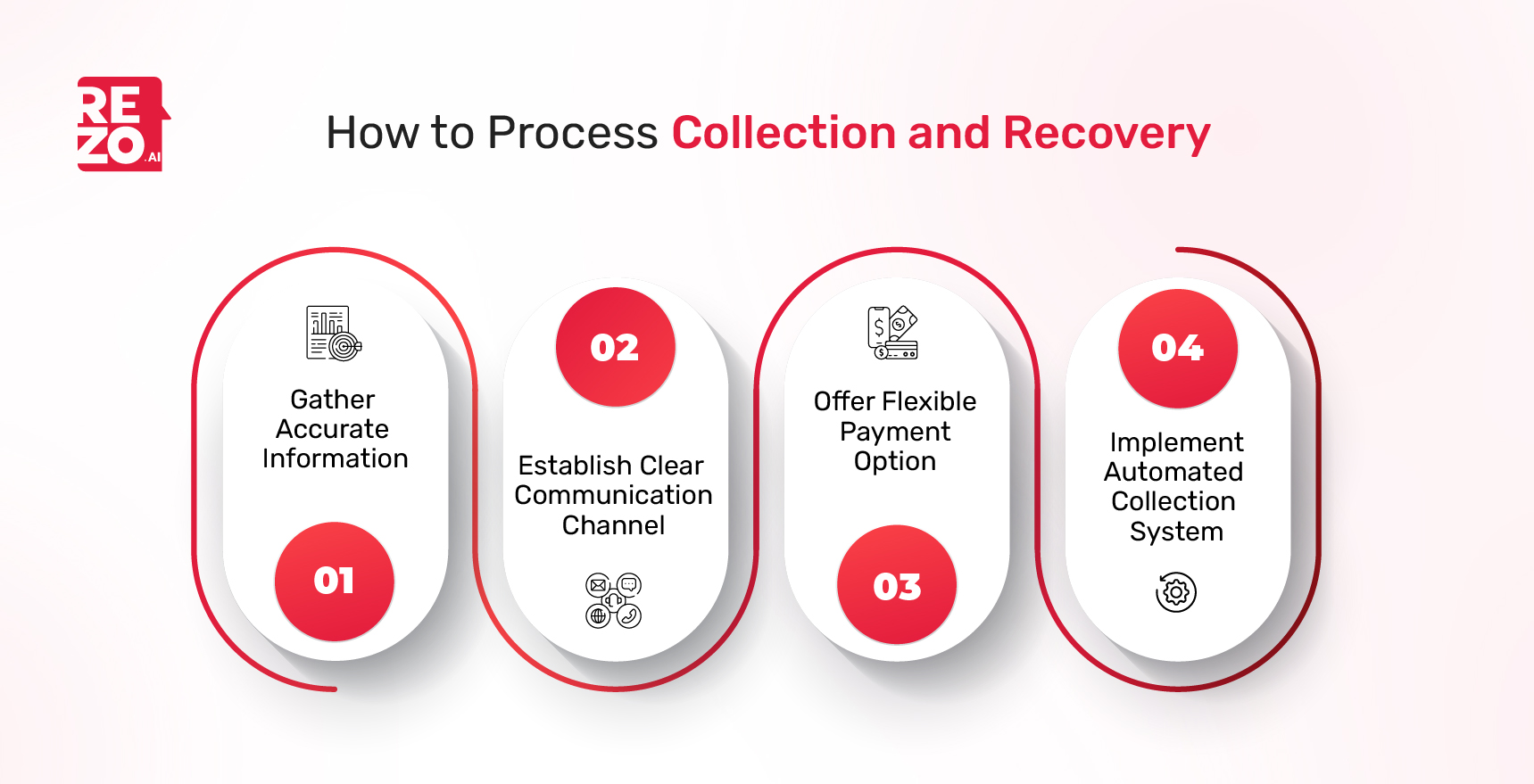
Debt Collection and Recovery

Debt Collection and Recovery


Understanding the nuances of debt collection and recovery processes can empower organizations to successfully retrieve outstanding debts while preserving customer relationships. In this blog, we will explore the intricacies of debt collection and recovery, providing insights on how businesses can navigate these processes for financial success.
Debt Collection Process
Debt collection is the initial phase of the debt recovery journey. It involves efforts to retrieve the outstanding debt from the debtor. The debt collection process typically begins internally, with a creditor or their internal collections team attempting to contact the debtor and secure payment. These efforts may include sending reminders, making phone calls, and sending demand letters. If these initial attempts are unsuccessful, the creditor might engage a third-party recovery collection agency to assist in the recovery process.
Debt Recovery Process
Debt recovery, on the other hand, refers to the comprehensive approach employed to reclaim debts that have gone unresolved during the initial collection phase. It involves more escalated actions such as legal proceedings, negotiation, and enforcement measures to procure payment. Debt recovery can be a complex process, requiring thorough knowledge of legal regulations and strategic approaches to maximize the chances of successful recovery.
What is the Difference between Debt Collection and Debt Recovery?
While debt collection and recovery may sound interchangeable, there are distinct differences between the two processes. Debt collection refers to the initial attempts to secure payment, often involving internal efforts or outsourcing to a collections agency. Debt recovery, on the other hand, encompasses a broader set of actions taken to retrieve unpaid debts, including legal measures, negotiation, and alternative resolution methods. Understanding this distinction is essential for businesses to develop strategic collection and recovery processes.
How is Collection & Recovery Processed?

Successfully managing the debt collection and recovery processes requires a systematic approach and adherence to best practices. A streamlined collection and recovery process typically involves:
- Gathering Accurate and Updated Information: Begin by gathering all relevant debtor information, including contact details, outstanding balance, and payment history. Maintaining up-to-date customer records is crucial for effective communication and follow-up.
- Establishing Clear Communication Channels: Open lines of communication with debtors through various channels, such as postal mail, phone calls, and emails. Tailor your communication strategy to suit each debtor’s preferences, ensuring clear and concise messaging.
- Offering Flexible Payment Options: Provide debtors with multiple payment options to facilitate easier repayment. This can include installment plans, online payment portals, or negotiation of settlement agreements. Flexibility increases the chances of repayment and helps preserve customer relationships.
- Implementing Automated Collection Systems: Leverage technology to streamline the collection process and enhance efficiency. Automated systems can send reminders, track payment history, and escalate actions as needed, reducing manual effort and increasing effectiveness.
What to do When a Debt Collector sues
In some cases, a debt collector may decide to file a lawsuit in recovering debt. If you find yourself in this situation, it is important to take the following steps:
- Review the Lawsuit: Carefully review the details of the lawsuit, including the amount claimed, the date of filing, and any supporting documentation. Seek legal advice if necessary to fully understand your rights and obligations.
- Respond in a Timely Manner: Ensure you respond to the lawsuit within the specified timeframe. Failure to respond can result in a default judgment, which may lead to further legal consequences.
- Seek Legal Counsel: Consider consulting an attorney specializing in debt collection lawsuits. Legal professionals can provide guidance on how to navigate the legal process and protect your rights.
- Negotiate Settlement or Payment Agreement: If appropriate, engage in negotiation with the debt collector to reach a settlement or establish a manageable payment plan. This can help avoid further legal action and potential negative impacts on your credit score.
Read Now: Rezo’s Collection Product: A Better Way for Debt Recovery
Manage Debt Collection with Rezo.ai

Rezo.ai’s smart contact strategy for debt collection leverages advanced algorithms and machine learning models to improve the efficiency and effectiveness of the debt collection process. Here are some ways in which Rezo’s smart contact strategy helps with debt collection:
- Enhanced Customer Segmentation: Rezo’s AI-driven debt collection software can segment customers based on their delinquency level, allowing debt recovery teams to prioritize their efforts. By identifying high-risk borrowers and allocating resources accordingly, collection teams can focus on customers who are more likely to default on their payments.
- Personalized Communication: Rezo’s smart contact strategy enables personalized communication with borrowers through various channels such as phone, email, and SMS. By tailoring the communication based on each borrower’s preferences and behavior, collection teams can engage with borrowers effectively and increase the chances of successfully recovering debt.
- Automated Workflow: Rezo’s software automates many manual tasks involved in the debt collection process, streamlining operations and saving time for collection teams. This automation includes activities such as data analysis, reminders, and follow-ups, allowing collection agents to focus on more complex cases.
- Predictive Analytics: Rezo’s AI-powered platform can analyze historical data and borrower behavior to predict default risks. By identifying patterns and trends, the system helps collection agents make data-driven decisions regarding the optimal collection strategies for different borrowers.
Overall, Rezo’s smart contact strategy improves the efficiency of the debt collection process by automating tasks, enabling personalized communication, and leveraging predictive analytics to optimize collection strategies.
In conclusion, understanding and effectively managing debt collection and recovery processes are critical for businesses to maintain their financial health and profitability. By implementing strategic approaches, maintaining clear communication channels, and leveraging technology, organizations can streamline their debt collection and recovery efforts while minimizing potential risks. By embracing innovative solutions and staying informed about legal regulations, businesses can navigate these intricate processes with confidence and maximize their chances of successful debt resolution. Schedule a demo now.
FAQs on Debt Collection and Recovery
Frequently Asked Questions (FAQs)

Take the leap towards innovation with Rezo.ai
Get started now















